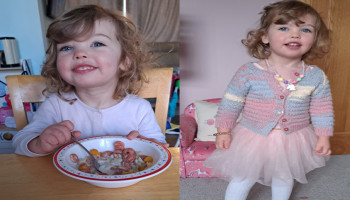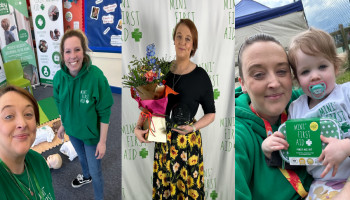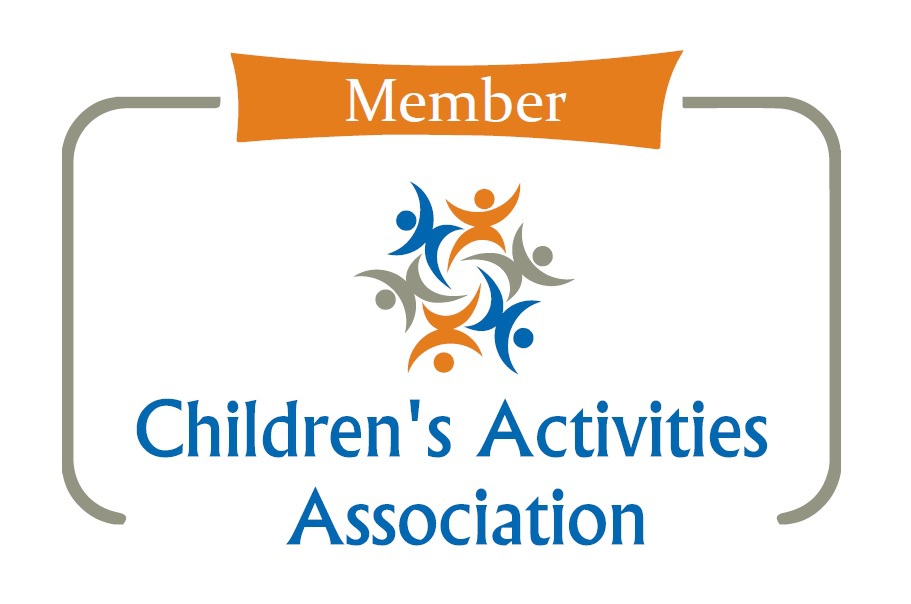It's World Meningitis Day and we’re right behind the work of Meningitis Research Foundation and the fantastic work they are doing to raise awareness about the signs & symptoms of meningitis. I wanted you to hear from someone who knows first-hand what it is like to have a young child with meningitis. This kind of experience never leaves you, so this week’s blog is a powerful one.
Fiona, do you still remember vividly what happened to Lucy?
I can still remember the exact date and everything that happened. It was Tuesday 8th November 2011 - a day I will never forget.
Can you describe what happened when Lucy became ill?
The day started normally and we headed off for lunch at a local soft play. Lucy dashed off with her friends but later complained she had bumped her head on the slide. After a cuddle and kiss she went back off to play. At lunch, she didn’t eat a thing however, crawled into the pushchair and fell asleep. She woke as we left but then was sick as we arrived for school pick up. I just assumed she had a tummy bug.
Lucy was sick a couple of times that evening; and whilst in the bath complained her head hurt. When I checked again, there was no visible mark and I didn’t think she had bumped her head hard. Lucy slept in our bed that night so we could keep an eye on her. She woke up a few times to be sick, had a little chat and went back to sleep.
I take it her symptoms then got worse?
The next morning Lucy woke as usual and came downstairs to snuggle on the sofa. I left the living room later for a few minutes and when I returned, Lucy had been sick again but this time was different. Her sick was almost black and she hadn’t woken up. I tried to wake Lucy but she was floppy and less responsive than usual. I had been checking her temperature during the morning and it was still normal. She seemed to respond a little whilst I was speaking to Daddy at work as well as the doctor. I checked her for rashes but her skin was normal. On the way to hospital to get her checked out, Lucy was talking but seemed very drowsy. I also noticed that her hands and feet were incredibly cold.
What happened when you got to hospital?
At A & E Lucy was admitted straightaway and had fluids pumped into her; but she was becoming more unresponsive and had now developed a high temperature as well as a couple of very tiny blemishes on her tummy and foot. Doctors started her on a course of antibiotics just in case she had meningitis. I couldn’t believe it.
Blood tests showed that Lucy had a severe bacterial infection and the results of a lumbar puncture indicated she had meningococcal meningitis.
How long was she in hospital?
By the time she had her lumbar puncture, Lucy had thankfully been on the antibiotics for 24 hours and was showing slight signs of improvement. She came home five days later.
How long did it take for Lucy to recover?
She was very weak for a while and it took months for her balance to return to normal. Other than having a hearing loss in her right ear now, she has made a full recovery.
What advice would you give to parents?
Don’t wait for the rash. When people think about meningitis, this is always what they think about the rash first. This is however usually one of the LAST symptoms to develop and not everybody develops a rash anyway. The rash only appears when the patient develops septicaemia (blood poisoning), caused by the bacterial form of meningitis, and not viral meningitis.
What symptoms should we be looking out for?
The first symptoms are usually:
· Fever
· Vomiting
· Headache
· Cold hands and feet
· Limb pain
· Pale skin
· Drowsiness
· Difficulty waking up
The more well-known symptoms such as stiff neck, aversion to bright lights, and the non-blanching rash can often appear later on or not at all.
In our Mini First Aid classes, we cover Meningitis Awareness. Make sure you know the signs and symptoms.
To find out more about the work of the Meningitis Research Foundation and how you can help, click here









